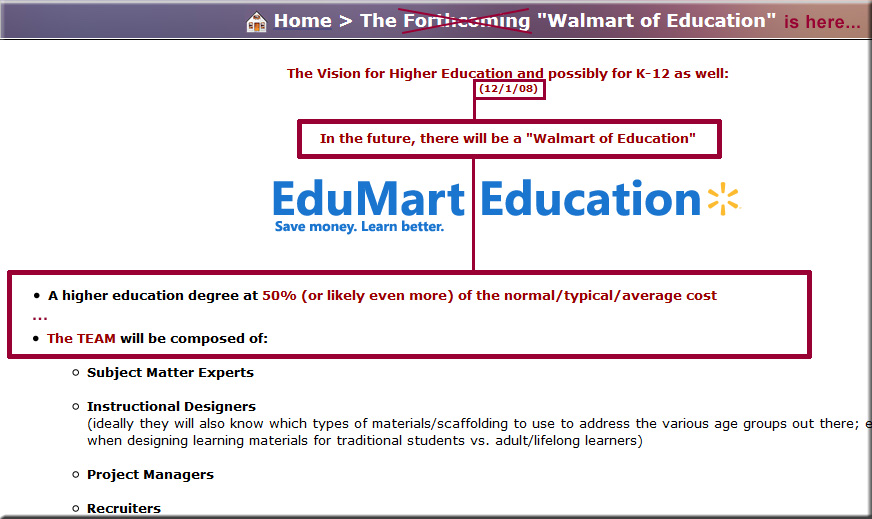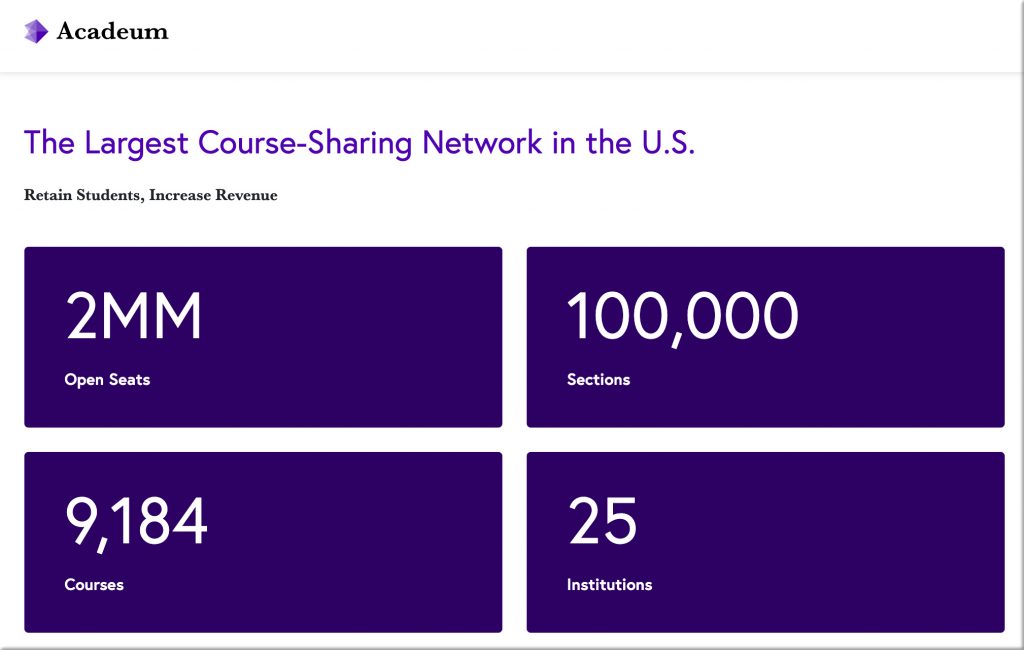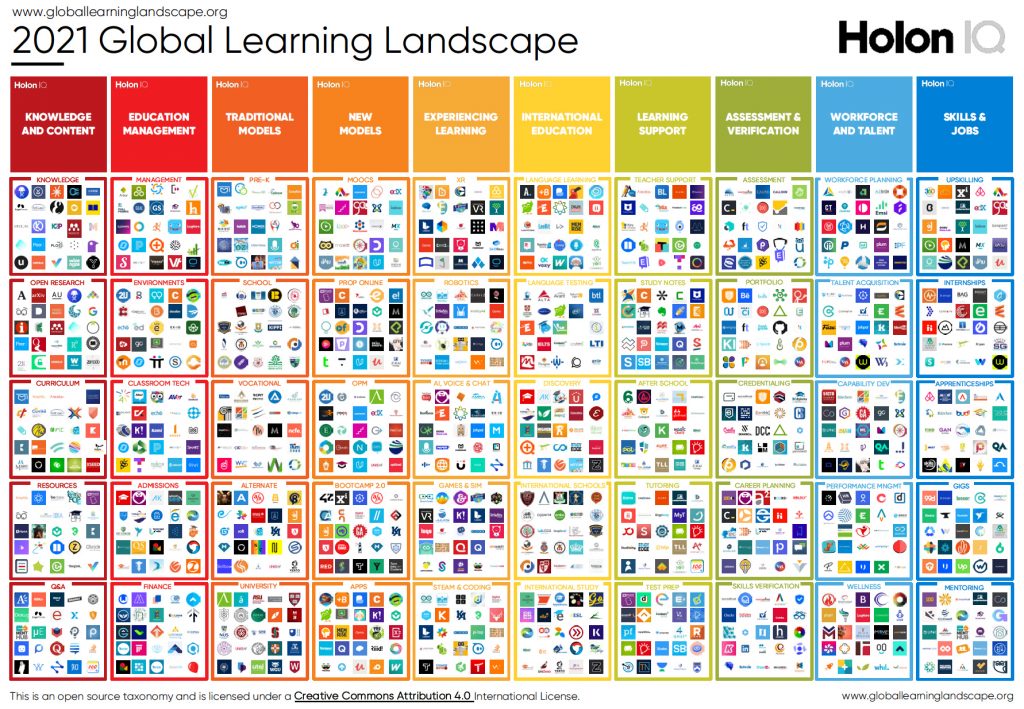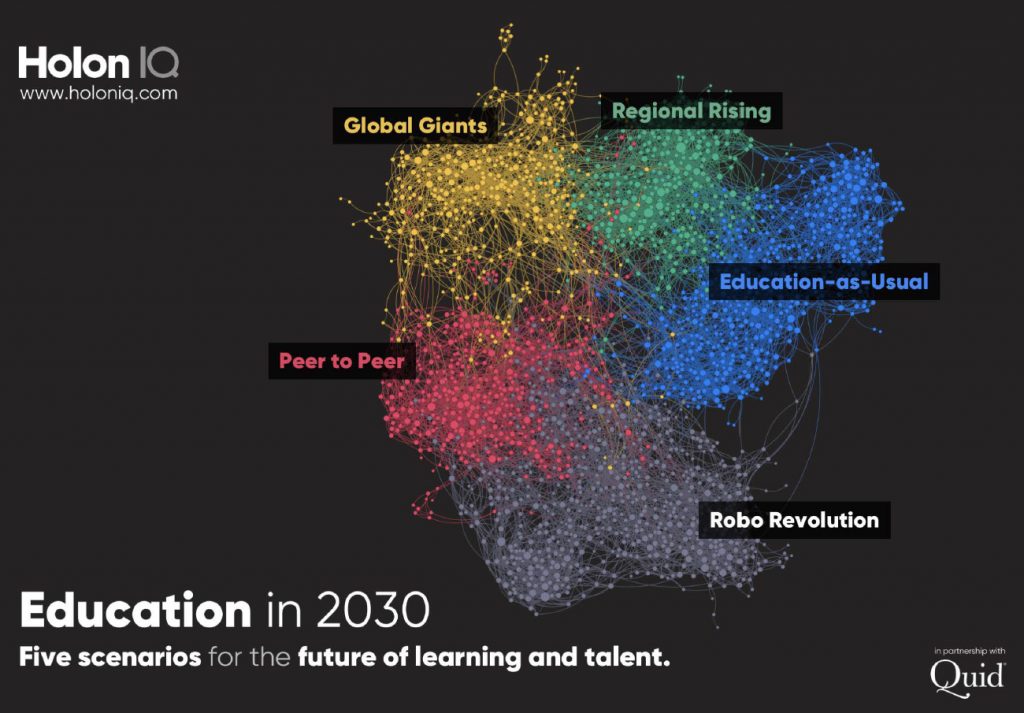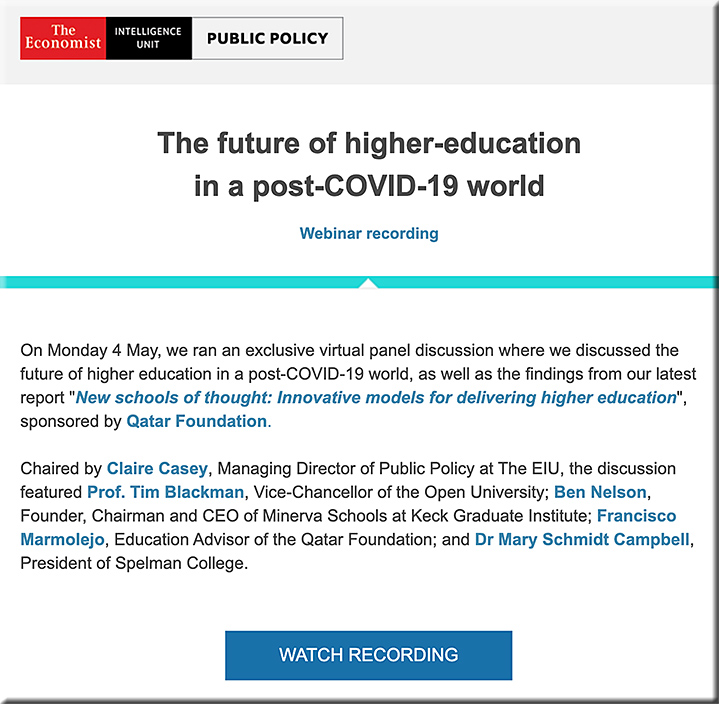Your classmate could be an AI student at this Michigan university — from mlive.com by Melissa Frick
BIG RAPIDS, MI – A Michigan university is believed to be the first in the country to use artificial intelligence (AI) to create virtual students that will enroll in classes and participate in lessons and assignments.
Ferris State University, which has one of just three undergraduate AI programs in the U.S., has developed two AI students who are enrolling at Ferris State as freshmen this semester and taking classes alongside human classmates.
At first, Ann and Fry will only be able to observe the class, but the goal is for the AI students to soon be able to speak during classroom discussions and have two-way conversations with their classmates, Thompson said.
Also relevant, see:
These two new Ferris State students are actually AI — from woodtv.com by Demetrios Sanders
BIG RAPIDS, Mich. (WOOD) — As Ferris State University gets ready for its spring semester, two virtual students will begin classes as part of a new artificial intelligence experiment.
Ferris State University offers one of three AI undergraduate programs in the entire country.
“We are leaders in the artificial intelligence area, and why not put us to the test?” said Dr. Kasey Thompson, special assistant to the president for innovation and entrepreneurship at Ferris State.
University enrolling AI-powered “Students” who will turn in assignments, participate in class discussions — from futurism.com
Even students aren’t safe from AI.
Students at Ferris State University in Michigan will soon be sharing the classroom with AI-powered freshman “students” who will enroll in classes alongside them, MLive reports.
And no, they won’t have humanoid robot bodies — they’ll be interacting with students via computers, microphones, and speakers.
In an experiment led by associate professor Kasey Thompson, AI students dubbed Ann and Fry will be listening — or scanning through? — lectures, work on assignments, and even actively participate in discussions with other students, per the report.
AI & “Un-Personalised” Learning — from drphilippahardman.substack.com by Dr. Philippa Hardman
Exploring the full potential of AI to improve human learning, beyond the 1:1 AI tutor
In this week’s blog post we will look at AI from a different angle and ask: what are the pros and cons of using AI for personalisation? And what’s the potential impact of using AI to optimise and scale more connected, communal learning experiences?
…
TL;DR: while personalised learning has some benefits for some learner outcomes, the social interaction and connected aspects of communal learning are proven to offer similar academic benefits, as well as additional socio-cultural benefits for a broader range of students.
…
AI for “Un-Personalised” Learning
The next question is, of course: how could we use AI to scale the positive outcomes of “un-personalised”, communal learning?
Here are some initial ideas:
How to make the most of ChatGPT in 2024 — from wondertools.substack.com by Jeremy Caplan
A Wonder Tools guide
N.Y. Governor Hochul Proposes $400 Million To Launch University AI Consortium — from forbes-com.cdn.ampproject.org by Michael T. Nietzel
New York Governor Kathy Hochul wants to make New York the nation’s leader in artificial intelligence research and development. As part of her State of the State address on Tuesday, Hochul proposed the creation of Empire AI – a consortium of the state’s research universities and other institutions that would form an artificial intelligence computing center in upstate New York.
Empire AI would include seven founding institutions—Columbia University, Cornell University, New York University, Rensselaer Polytechnic Institute, the State University of New York (SUNY), the City University of New York (CUNY), and the Simons Foundation.
North Carolina AI Education Guidance Release — from stefanbauschard.substack.com by Stefan Bauschard
“A” grade in my mind; it just needs to anticipate the near future a bit more
TLDR
The Guidance
*North Carolina has arguably issued the best AI guidance to date (IMHO), and I explain why below (my highlighted version is here). This is in no way a knock on the other guidance reports, as I think they offer a lot them of very important and essential guidance. I just really like how NC packages it and the emphasis they put on certain things.











